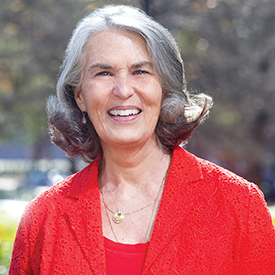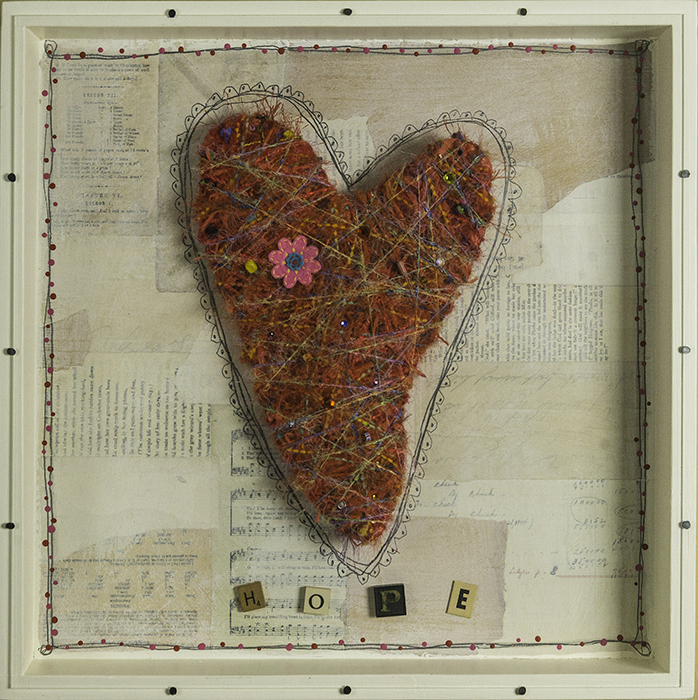 In the past two decades, the UAB Center for Palliative and Supportive Care (PCCU) has grown into one of the largest and most comprehensive clinical care, education, and research enterprises focused on palliative care in the U.S. To celebrate its 20th anniversary, the palliative care team created a book of essays titled “Restoring the Art of Healing: Stories of Palliative Care” to highlight the program’s history and the people who have helped it succeed along the way. The following is an essay from the book:
In the past two decades, the UAB Center for Palliative and Supportive Care (PCCU) has grown into one of the largest and most comprehensive clinical care, education, and research enterprises focused on palliative care in the U.S. To celebrate its 20th anniversary, the palliative care team created a book of essays titled “Restoring the Art of Healing: Stories of Palliative Care” to highlight the program’s history and the people who have helped it succeed along the way. The following is an essay from the book:
I remember a patient who had a seven-year-old granddaughter who came to visit every day. The girl’s mother was crying and she was crying. She didn’t want her grandmother to die. One day I asked her if she wanted to do a handprint with her grandmother—her print on one side of the page and her grandmother’s on the other. I told her to talk to her grandmother and tell her whatever she wanted to say. She told her grandmother that she didn’t want her to go to heaven, but she knew that’s where she was going. She said her grandmother would always be with her and she’d keep that handprint forever.
 “Heart and Hands,” 2010, by Darrell Ezekiel was created specifically for the Palliative and Comfort Care Unit as part of the unit’s ongoing Art Project, which secures appropriate art works by Birmingham area artists or collectors for permanent display in the inpatient PCCU.The PCCU is a different culture from the rest of the hospital. It really is holistic medicine, which is so humane, passionate, and caring. Our physicians are different; they don’t pretend to know everything. They’re open and eager to learn new things and they respect their patients. They don’t impose their own beliefs.
“Heart and Hands,” 2010, by Darrell Ezekiel was created specifically for the Palliative and Comfort Care Unit as part of the unit’s ongoing Art Project, which secures appropriate art works by Birmingham area artists or collectors for permanent display in the inpatient PCCU.The PCCU is a different culture from the rest of the hospital. It really is holistic medicine, which is so humane, passionate, and caring. Our physicians are different; they don’t pretend to know everything. They’re open and eager to learn new things and they respect their patients. They don’t impose their own beliefs.
The impact of educating people about palliative care is monumental. Most people think palliative care is only for end of life, but we can help people have a much better quality of life for years. Palliative care provides hope and support for ways patients’ lives have changed.
The bottom line for me is that we’re all about caring for our patients and their families, helping them find some meaning and peace in death or coming death. We don’t always deal with death very well. One of my colleagues was telling me that in his culture, what color you wore to a funeral was important. If you were close with the deceased, you wore all black. If you were friends, you wore gray. If you were an acquaintance of the deceased, you wore white. We have so many ways of expressing our grief and mourning, all of which are a recognition of the coming and going, the entering and passing. We all got here the same way and we all leave through death. We attend to people in their death as much as we celebrate a newborn.
Kay Knowlton has been with the PCCU since the unit opened in 1998 and currently serves as a counselor and supervisor. “Restoring the Art of Healing: Stories of Palliative Care” is available for purchase on the UAB Center for Palliative and Supportive Care website.